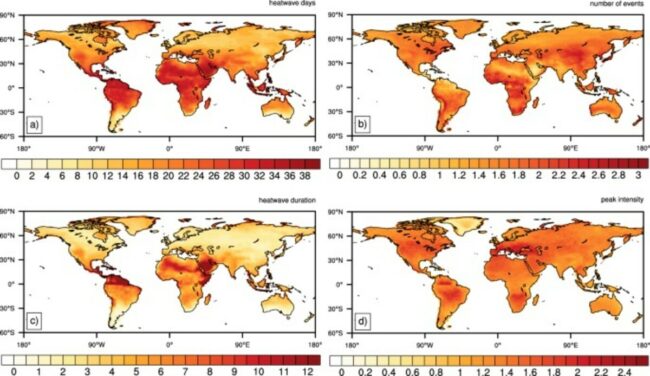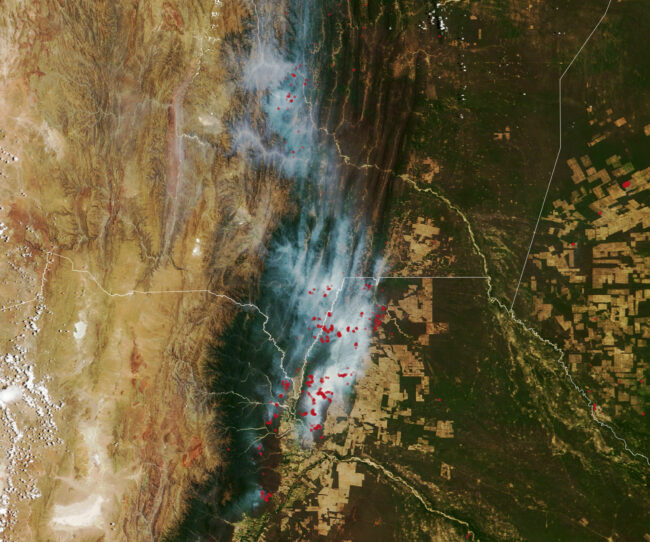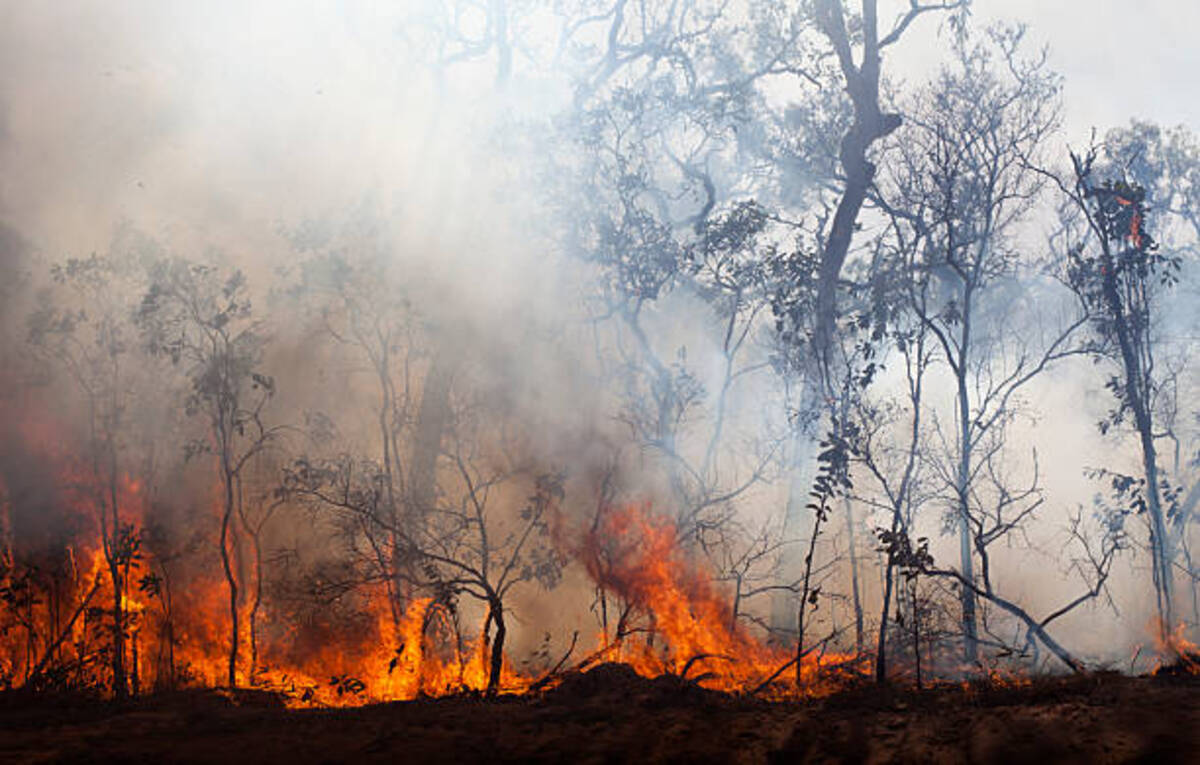Brutal heatwaves and wildfires marked this summer in the northern hemisphere. Europe and the United States faced searing heat. Pretty much was the same in China and the Far East countries. It seemed like this summer showed the real face of climate change. Now the summer moved to the southern hemisphere and the picture is more or less the same. Bolivia, Peru, Argentina, and other countries are surrounded by smoke clouds from wildfires, and Brazil experiences heavy floods.
Along with temperatures that have reached over 40 Celsius wildfires destroyed innumerable amounts of southern Europe’s forests. It forced residents to flee their homes, like in Italy and Greece. That was in August. Now, in December, the story repeats itself in South America.
Why is this happening as never before?
Scientists tie the human activity to a global pattern of rising temperatures. That includes sweltering heat. This is the first thing. Inappropriate human activity results in climate change, harsh weather, and biodiversity loss.
Heatwaves won’t stop, they’ll get worse
Heatwaves are becoming more common and hotter due to climate change. The U.N.’s international panel of climate scientists has confirmed that this is the case for the majority of land regions (IPCC).
Since pre-industrial times, the earth has warmed by around 1.2 Celsius due to greenhouse gas emissions from human activity. Because of the warmer baseline, extreme heat events can reach higher temperatures.
Climate warming has made every heatwave we are currently experiencing hotter and more frequent, according to Dr Friederike Otto. She is a climate scientist at Imperial College London and co-leader of the World Weather Attribution study group.
However, other factors can also influence heatwave occurrence. The atmospheric circulation plays a significant role in Europe.
There is a study published in the journal Nature. According to it, heatwaves in Europe have grown three to four times quicker than they have in other northern mid-latitude regions like the United States. The authors connect the jet stream, a swift west-to-east air movement in the northern hemisphere to temperature variations.

How much climate change affects a specific heatwaves?
Scientists carry out “attribution studies” to determine precisely how much a particular heatwave was impacted by climate change. There are more than 400 of these studies since 2004. They measure the contribution of climate change to extreme weather events. Extreme weather events analyzed are heat, floods, and drought.
This entails running hundreds of simulations of the current climate. Then, follows contrasting them with simulations of a climate without greenhouse gas emissions generated by human activity.
For instance, researchers from World Weather Attribution found that France and the Netherlands were 100 times more likely to experience a record-breaking heatwave in June 2019. That was a result of climate change. If there was no climate change, that was to be otherwise.
Even if we try harder to slow climate change…
Around 1.2C have been added to the average world temperature since pre-industrial times. Extreme heat occurrences are already being driven by that.
According to ETH Zurich climate scientist Sonia Seneviratne, heat extremes that would have occurred on land on average once every 10 years without human influence on the climate are now occurring three times more frequently.
Only when humans stop releasing greenhouse gases into the sky temperatures will stop rising. Heat waves are expected to get worse till then. Heat extremes would become even more deadly if climate change were not addressed.
Under the international 2015 Paris Agreement, nations committed to reducing emissions at a rate that would keep global warming to 2°C or less. The goal is 1.5°C. The aim is to prevent its most devastating effects. To achieve either aim, current policies would not reduce emissions quickly enough.
According to the IPCC, a heatwave that happened once every ten years in the pre-industrial era will occur 4.1 times per decade at 1.5°C of warming and 5.6 times at 2°C.
If global warming exceeds 1.5°C, most years will be affected by hot extremes in the future. This is an estimation of climate scientist Sonia Seneviratne.
Wildfires are mainly the product of climate change too
With greater hot and dry weather, fires can spread more quickly, burn longer, and rage more ferociously. This causes the fire season to begin earlier and burn more land. We are seeing this in the Andes region now. We saw that in the Mediterranean.
In the European Union, more than 500,000 hectares of the land surface were burnt last year. Thus, this makes this year the second-worst forest fire season on record for the region, behind 2017.
Additionally, as temperatures rise, vegetation loses moisture and becomes drier, which contributes to the spread of flames.
According to senior scientist Mark Parrington of Copernicus, the hotter, drier circumstances simply make fires far more deadly.
Some countries frequently face summertime fires and have the infrastructure to attempt to control them. But hotter weather also drives wildfires into areas that are less accustomed to them and so less equipped to handle them. Also, in poorer countries, the casualties and damage are bigger.

It’s not just climate change causing wildfires
Except for climate change issues, additionally, significant elements include forest management and ignition sources. According to data from the EU, more than 90% of fires in Europe are started by human activity, such as arson, disposable barbecues, power wires, or broken glass.
In current wildfires in Peru, the flames, in the opinion of meteorologists, are the result of extended dryness and. delayed precipitation. But mostly they are the result of unlawful deforestation for the purpose of getting farmland. Marcos Andrade, the head of the Laboratory for Atmospheric Physics, reaffirms this. He claims that burning plant biomass is the main cause of the fires. It also serves to prepare the ground for farming.
On the other hand, Spain in Europe is one of several nations facing the problem of declining rural populations. People migrate to the metropolis, leaving smaller workforces to remove vegetation and prevent the accumulation of “fuel” for forest fires. Here fires do not start for obtaining farmland.
Experts’ opinion is…
However, experts agree that heatwaves and wildfires, flooding, and drought will get considerably worse without large reductions in the greenhouse gases driving climate change.
In one or two decades, this year’s fire season will likely seem insignificant. That’s our near future according to scientists.

